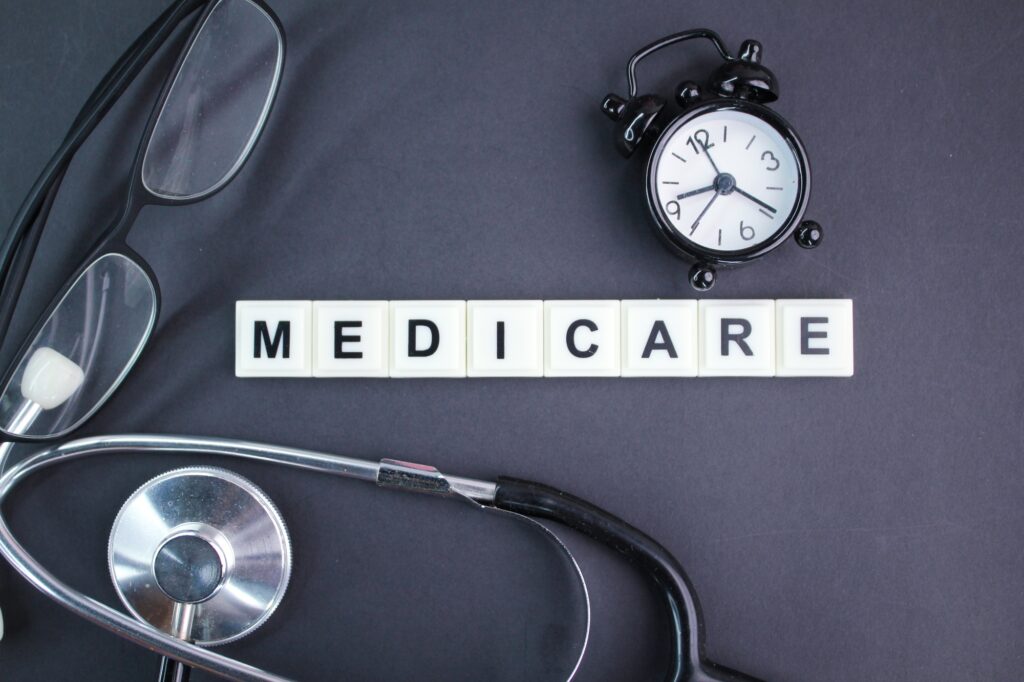Jesse Smedley is the Principal Broker for iHealthBrokers and the founder, president, and CEO of Smedley Insurance Group, Inc. and iHealthBrokers.com. Since the inception of SIG in 2007, Jesse has been dedicated to helping people save money on their health insurance by providing them with resources to educate themselves on all their health insurance options, both under age 65 and Medicare beneficiaries. He is featured in many publications as well as writes regularly for expert columns regarding health insurance and Medicare.
Are you overwhelmed by all of the Part D plan options? Well, here are a few secrets that no one has told you about!
What is Part D
Let’s go over a brief rundown of Part D to give you a better understanding how these tips and tricks might help you save money.
Part D plans are strictly for prescription drugs. They are offered by private carriers but they are federally regulated. Every year the government sets the financial limits for the different stages of Part D. However plans can choose to offer lower deductibles and copays to entice beneficiaries. So let’s talk 2024.
The 2024 deductible is $545, up $40 for the $505 deductible in 2023. Of course, plans can choose to offer a lower deductible or even a $0 deductible. Usually plans with lower deductibles have higher monthly premiums. It’s not always the case, but usually, there is an inverse relationship.
Prior to meeting the deductible you will have to pay the out of pocket costs for your prescriptions. However, lower-tier medications will almost always be covered prior to meeting your deductible. More on that in just a moment. Now, if these costs seem out of reach, there are programs to help and we’ll be discussing that shortly!
Once you’ve met your deductible, you enter into the initial coverage phase. At this point, you will be responsible for a copay or coinsurance depending on the tier of the medication. As you continue to spend, medicare will keep track of your spending until you meet the limit for the initial coverage period and move into the coverage gap. In 2024, this limit is $5020. That’s up from $4660 in 2023.
During the coverage gap, your prices will increase until you reach the next limit. The out of pocket threshold in 2024 is 8000, up from $7400 in 2023. At that point, your costs will significantly decrease.
Lower Tier/Higher Tier
If you look at a plan you may notice some prescriptions for a few dollars or even $0. The problem is there are different tiers and different price points within those tiers.
There is some variation amongst plans, higher tiers have higher costs. Different carriers and plans may break things up with 3-6 tiers. Possibly even 7, but I haven’t seen a plan with 7 tiers just yet.
It could be as little variation as generic, name brand, specialty or as specific as:
- Preferred generic
- Non- Preferred Generic
- Preferred brand
- Non-preferred brand
- Preferred Specialty medication
- Non- Preferred Specialty medication
There’s also something called select care drugs
As far as costs, let’s stick with the simplest 3-tier model.
Lower tier generics could cost as little as a few dollars, possibly even free. Midrange brand names will probably cost you $30-$100. Higher their speciality medications could be hundreds of dollars!
Extra Help
Did you know that you may qualify for lower premiums, deductibles and copays with the extra help program? For those with lower incomes, look into the Part D Extra Help program. It will offer you lower costs all around to help you save money on your prescription drugs!
Savings Cards
It’s always good to compare shop and discount drug cards and savings programs may offer significant cost savings.
There are programs like GoodRX and other coupon programs that may offer a better rate than your plan for certain prescriptions. And if you are concerned about the coverage gap or donut hole paying for some prescriptions with coupon programs like this would be considered paying without insurance and wouldn’t count towards your medicare spending.
There are also pharmaceutical programs and state pharmaceutical programs.
If you’ve ever watched an ad for a prescription drug, or pharmaceutical assistance program you’ve probably heard them mention the availability of pharmaceutical assistance programs at the end of the commercial. This is usually for more specialty (and expensive drugs). If you need to take one of these, go to the company’s website to see if they offer such a thing and if you are eligible.
There are also state pharmaceutical programs.
It’s best to combine these types of discount programs with an insurance plan and comparison shop to see which will offer you the best cost savings.







